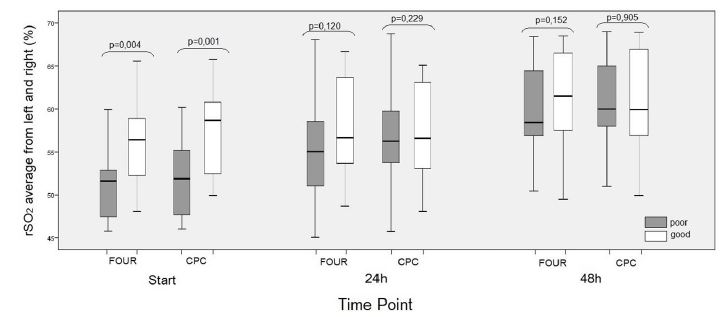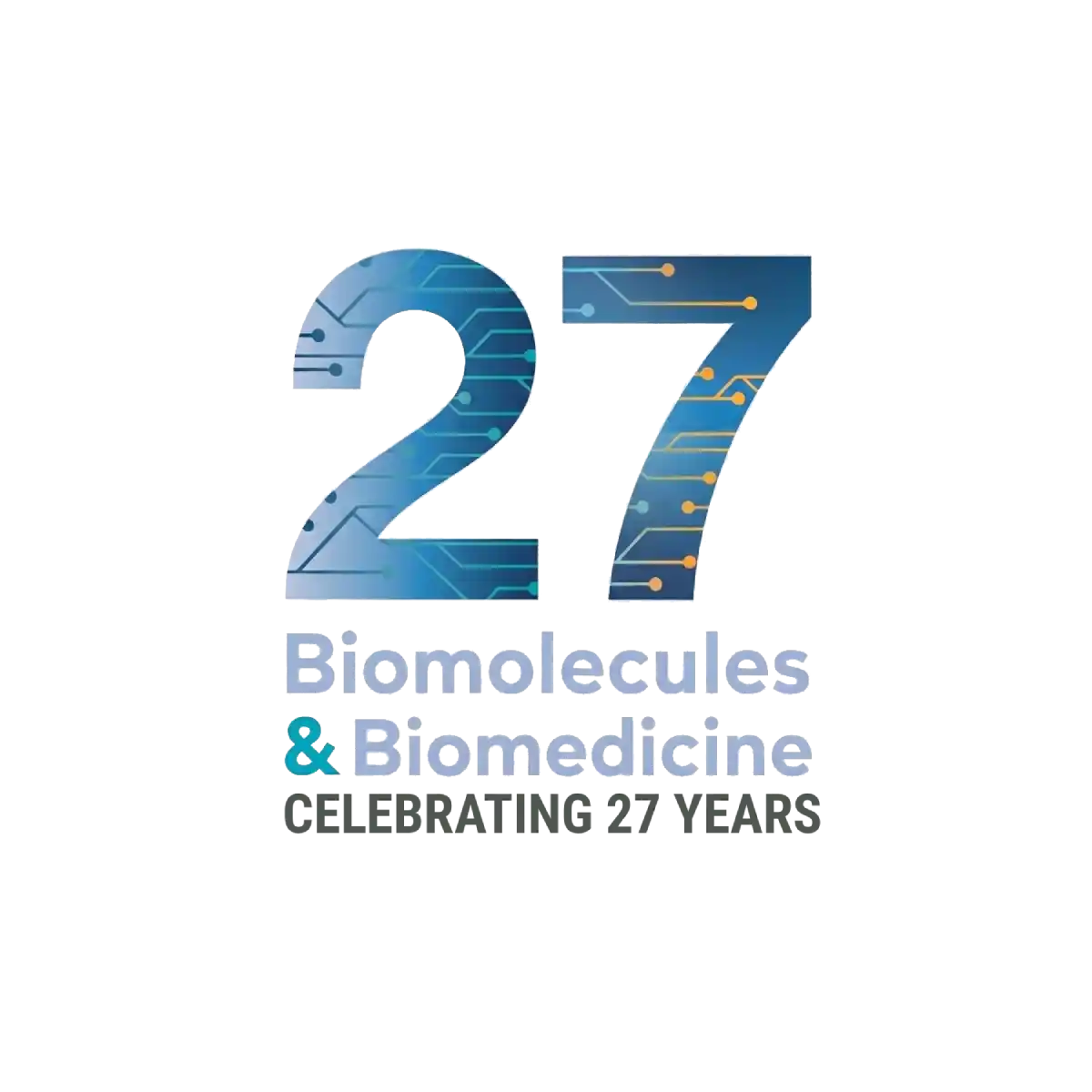Combined sonographic optic nerve sheath diameter and cerebral oximeter for predicting neurological outcome after cardiac arrest
DOI:
https://doi.org/10.17305/bb.2024.11442Keywords:
optic nerve sheath diameter, ONSD, near-infrared spectroscopy, NIRS, neurological outcome, post-cardiac arrest, CAAbstract
Cardiac arrest (CA) remains a critical global health issue with high rates of mortality and morbidity. Accurate prediction of neurological outcomes in post-CA patients is essential for optimizing management strategies. Optic nerve sheath diameter (ONSD) and near-infrared spectroscopy (NIRS) are emerging as promising tools for evaluating brain oxygenation and intracranial pressure. However, the potential benefits of combining these methods for improved prognostic accuracy have not been thoroughly explored. This study investigates whether the combined use of ultrasonographic ONSD and NIRS measurements enhances the prediction of neurological outcomes after CA. In this prospective study, ONSD measurements were obtained three times at 24-hour intervals, while regional hemoglobin oxygen saturation (rSO2) using NIRS was recorded twice. Neurological outcomes were assessed using the Full Outline of Unresponsiveness (FOUR) and Cerebral Performance Categories (CPC) scores for both early and late evaluations. Results indicated that 47.5% of patients had poor outcomes and 52.5% had good outcomes based on the FOUR score, while 65% had poor outcomes and 35% had good outcomes according to the CPC score. The combination of ONSD and NIRS measurements showed superior prognostic performance compared to either method alone. While standalone NIRS measurements taken after 24 hours exhibited limited predictive value, combining ONSD and NIRS provided a more reliable approach for neurological assessment in the short term following CA. This integrated method may improve prognostic accuracy and support better clinical decision-making.
Citations
Downloads

Downloads
Published
Issue
Section
Categories
License
Copyright (c) 2024 Mehmet Akif Yazar, Betul Kozanhan, Yasin Tire, Nevin Sekmenli, Guzide Yazar, Murat Sevim

This work is licensed under a Creative Commons Attribution 4.0 International License.









